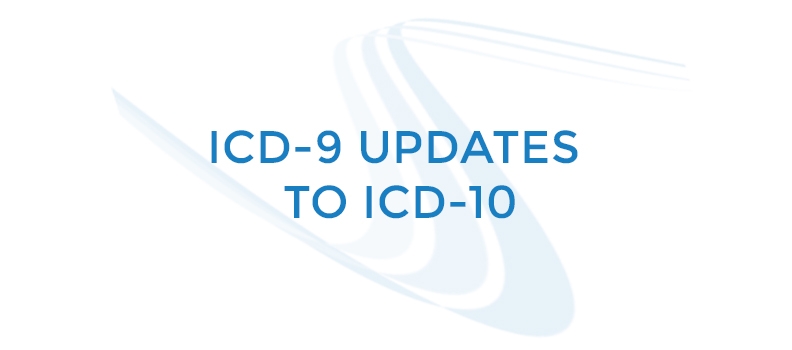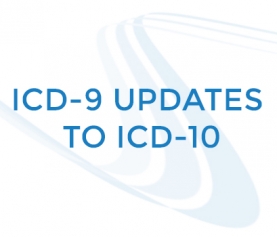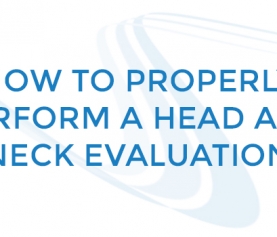
ICD-9 Updates to ICD-10
As of October 1st, ICD 9 which has been in effect for over three decades will no longer be allowed with any insurance companies, doctors, or facilities. They will only allow ICD 10 codes moving forward. This is a huge change for all doctors that bill out medical, and will impact everyone in the health care industry. ICD-International classification of Diseases are what providers use to document diagnoses, to get reimbursement on procedures. ICD-9 had about 13,000 codes, and the new ICD-10 will have more than 68,000 codes which is a huge increase.
This revision in the ICD-10 codes have twice as many categories as the ICD-9 did, and is much more specific and detailed in identifying treatment. For example instead of one diagnosis code with ICD-9 for disuse atrophy of the jaw, which related to one or both jaws, with ICD-10 there will be a diagnosis code for you to distinguish if it’s for one jaw or another diagnosis code if it pertains to both jaws. The new ICD-10 codes will be 3-7 characters in length, starting with an alphabetical letter. If you use ICD-9 codes for dates of service after September 30, 2015 your claims will be denied, and no payment will be issued due to non-compliance.
MDFC can bridge the gap with the new ICD-10 coding, so your practice, and patients don’t have any delays pertaining to medical billing and reimbursement. Are you ready for the change?



